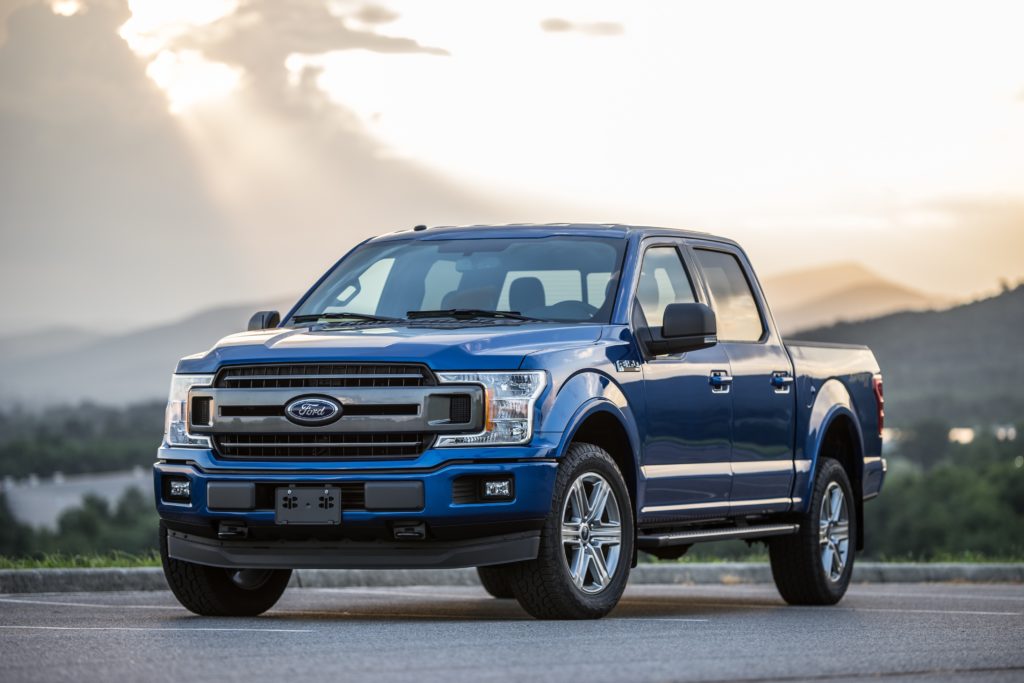The collision industry’s increasing use of aluminum replacement parts has been a growing transition for almost four decades now. Aluminum panels were once the go to material for exotic cars such as Aston Martins and Ferraris. The weight saving ability and ease in panel forming helped the material break into the mainstream. As far back as 1992, Ford began experimenting with aluminum with its Aluminum Intensive Vehicle program. Soon, aluminum hoods and deck lids made their way onto Town Cars and Mustangs. GM followed suit, using aluminum hood panels for high volume vehicles such as the Chevrolet Venture/Pontiac Transport minivans in the early 2000’s. The collision repair industry seemed to take it in stride that these bolt on panels had moved from mild steel to aluminum.
Some carriers preemptively increased rates for the F-150. An online car review channel did a video saying the aluminum replacement parts and repair labor costs were nearly double that for steel. In January 2015, Edmunds took their brand new F-150 and hit it (twice!) in the truck bed with a sledge hammer and took it to the dealer body shop to document the repair costs and process. The news for Ford was not good – the dealership body shop indicated the repair would take twice as long and cost twice as much. But, because it was being paid out of pocket, they would discount their “insurance” aluminum body labor rate of $120 to their “regular steel” rate of $60. Despite a swift rebuttal from Ford Motor Company that the dealer was not a certified repair dealer, many saw it as proof that the new aluminum Ford truck was going to be expensive to repair.
Fast forward to today and the Highway Loss Data Institute (HLDI) has completed a study that indicates the change by Ford to the aluminum body truck hasn’t resulted in more costly insurance claims. The researchers at HLDI surmise that it is likely a result of Ford’s efforts to hold down the price of aluminum replacement parts and simplify repairs. At the same time, Ford has raised the prices of steel parts for older models F-150’s.

When HLDI compared the steel F-150 to the aluminum F-150’s collision repair costs against competing Dodge Ram and GM Silverado/Sierra pickups, the increase in costs was less for the F-150. Much of this can be attributed to Ford’s lowered aluminum pricing and increased steel panel prices on the older trucks. The question is, will other car companies follow suit? Will those competing trucks see aggressive pricing for aluminum replacement parts and an increase in the previous model’s steel panels?
The answer is, they may not need to, but the non-aluminum structure may hold the key. For 2019, Chevrolet Silverado/GMC Sierra made a less radical transition to aluminum. They transitioned “exterior swing panels” -the doors, hood and tailgate to aluminum and employed forged aluminum front suspension upper control arms to save weight. The bulk of the body still relies on steel, including a cab safety cage but uses seven different grades of steel. These new steel structural panels and the associated repair procedures will determine if repair costs increase for GM’s truck line.
And what about FCA’s Dodge Ram? The 2019 Ram 1500 cut nearly 225 pounds out of the vehicle through light-weighting, by building the truck’s frame out of 98% higher-strength steels. Ram also increased its aluminum usage by stamping the tailgate out of aluminum while continuing to use aluminum in the hood panel.
We can conclude a few things from the big 3’s approach to aluminum use and collision repair costs. First, aluminum replacement parts are not as expensive as originally feared by the industry. Secondly, GM and FCA have taken a more limited approach using aluminum but have countered it by expanding the use of high strength steel structural components. Use of those higher strength steels and associated OEM repair procedures could drive up repair labor costs. If these costs do increase, the car makers have a “safety valve” related to collision repair parts pricing, including aluminum replacement parts, that can minimize the impact and contain insurance premium increases associated with physical damage coverage.
